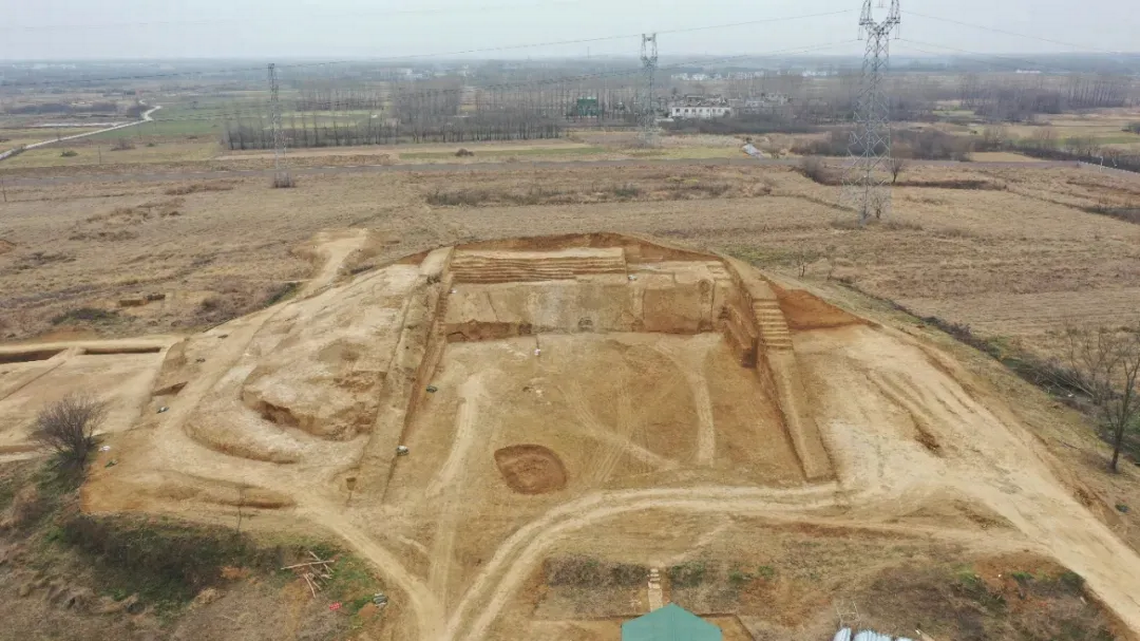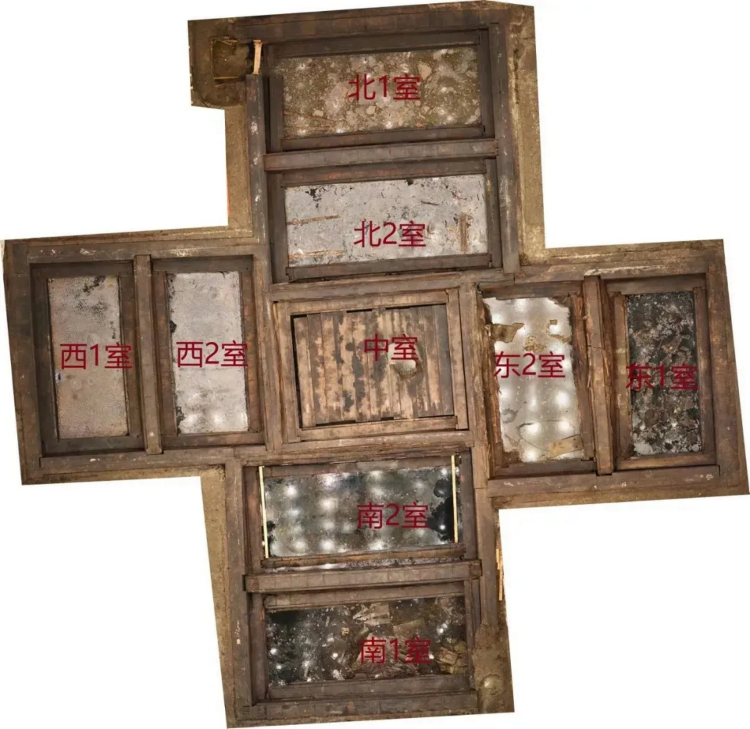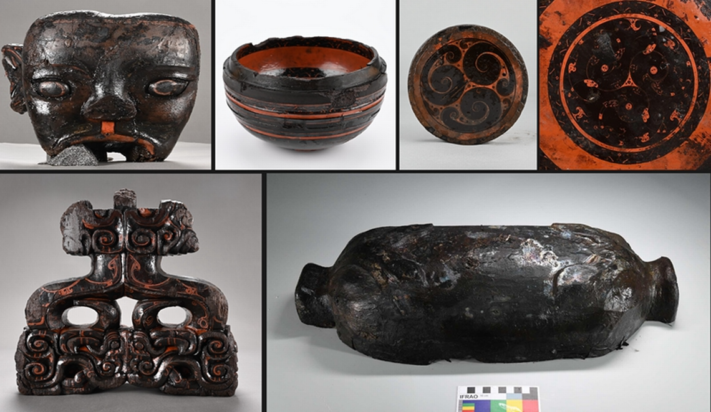
A large hill rises in a relatively normal landscape. In the area covered with grass and trees, the hill looks natural. But when archaeologists began excavating it, they quickly realized that it was no ordinary mound.
He was a tremendous team player dangerous 2200 years full of treasures. Archaeologists have spent the past four years excavating the mound outside the city of Huainan in eastern China's Anhui province.
Hill layout
The huge complex of burial monuments – called Wuwangdun – covers an area of about 15,000 acres. It has an area of about 280 football fields, or three times the size of Vatican City. Surrounded by a moat, the complex consists of three main sections: an outer cemetery, a central cemetery, and a hall for sarcophagi.
Built by the ancient Zhou Dynasty, the Wuangdun complex dates back to the Warring States Period, a turbulent era in Chinese history that began in 475 BC. It ended in 221 BC, the Huainan municipal government said in an official bulletin on April 17. The outer tomb contains a large rectangular pit filled with horses, chariots, offering pits and other structures, archaeologists said.
The central part of the complex is located in the middle of these structures: the 2,200-year-old mound has the shape of an almost inverted pyramid. Its four walls descend to the ground in 21 long steps. The sloping doorway extends outward on one side. After the mound was built, archaeologists describe that soil was piled on top to form the mound. Excavations have uncovered shovels, spears, arrowheads, bamboo baskets and other tools.
At the bottom of the hill is the sarcophagus chamber. It is a wooden structure consisting of nine rooms, shaped like a “plus” (+) symbol. One of the photos shows the coffin after excavation and without the bamboo mats that covered the upper part.

Words on coffins
The institute said that archaeologists discovered about a thousand words written on the wooden coffins. The text describes the location of the pieces and the function of the different rooms.
So far, more than a thousand ancient artifacts have been discovered in the Wuangdon burial complex, according to archaeologists. These include musical instruments, painted wooden objects, pots and copper utensils. Pictures show some of these treasures.
Shanghai Eye, a state-backed Chinese news channel, said the mound was the “largest, highest and most complex” of its kind ever discovered.

Excavations at Wuwangdun Cemetery in Huainan City are still ongoing. Huainan is a city in Anhui Province in eastern China, about 600 miles south of Beijing.

“Hipster-friendly coffee fanatic. Subtly charming bacon advocate. Friend of animals everywhere.”





More Stories
2024 Olympics: What does the rider who crossed the Seine symbolize (video)
He is the “Hitler of our time.”
Woke Agenda: Infuriates Elon Musk, Burns Politicians, Targets the Secret Service